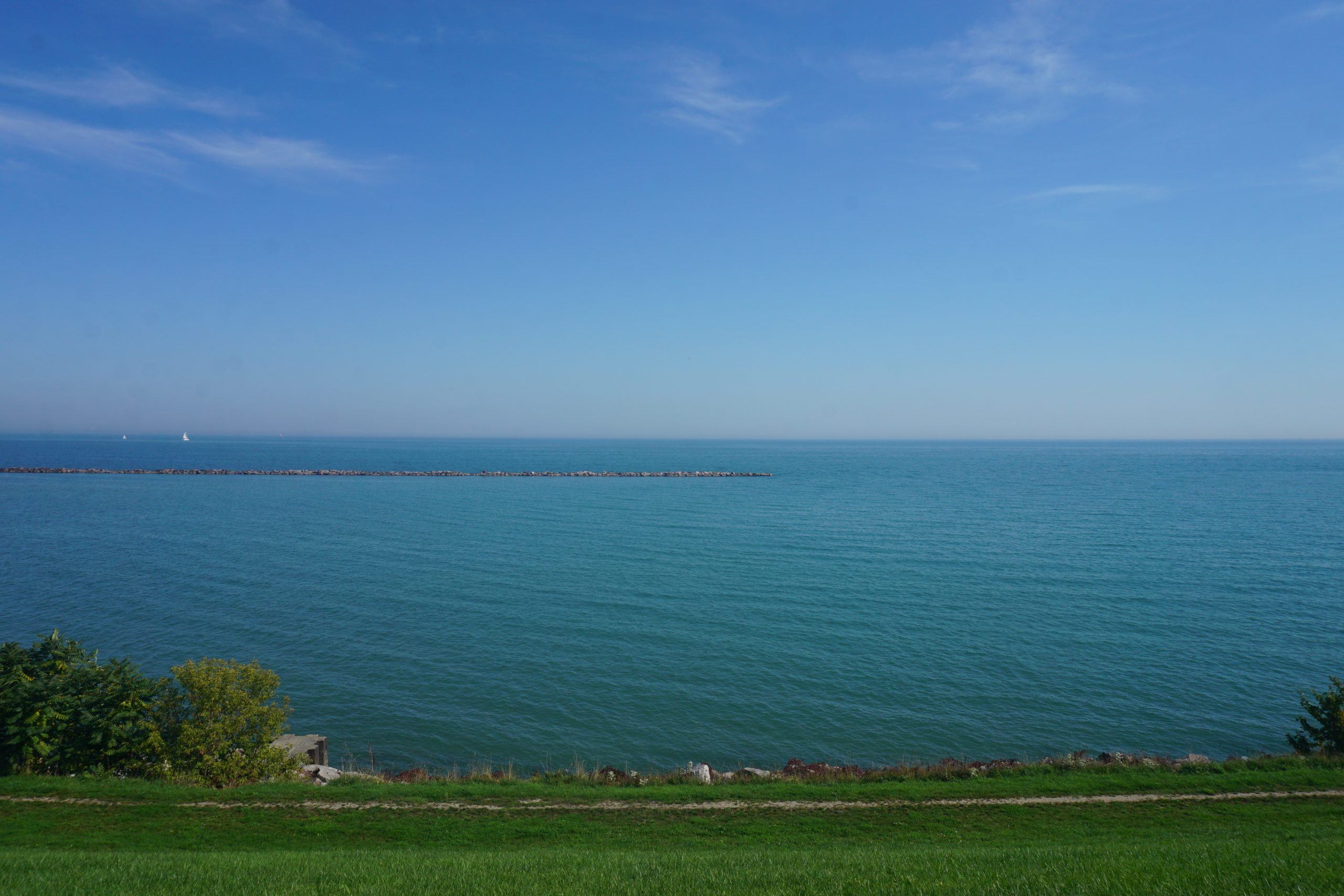Lake Michigan, one of the Great Lakes, is generally considered safe for swimming, but it poses several hazards that swimmers should be aware of. From powerful rip currents to cold water temperatures, there are several factors to consider when enjoying the lake.
Hazards to Watch Out For

-
Rip Currents: Lake Michigan is known for its powerful rip currents, which can pull swimmers away from the shore at speeds of up to eight feet per second. These currents are particularly dangerous due to the lake’s unique shape, featuring two unbroken, opposing shorelines that span 307 miles north and south.
-
Weather Conditions: Weather plays a significant role in the number of drownings across the Midwest. Sunny days often lead to more beachgoers, increasing the risk of accidents. Additionally, showers and thunderstorms can create hazardous conditions.
-
Cold Water: The water in Lake Michigan is significantly colder than the air, especially at the start of the season. Swimmers should not expect temperatures to be similar to a pool.
-
Lack of Lifeguards: Swimming without a lifeguard nearby can be dangerous. If caught in a rip current or struggling, it is crucial to have a lifeguard nearby to assist.
-
Contamination: Lake Michigan can become contaminated with harmful bacteria, leading to health risks such as intestinal illness, skin rash, or eye, ear, or respiratory infections.
Safety Measures

-
Swim at Lifeguarded Beaches: Swimming at beaches with lifeguards significantly reduces the risk of accidents. Lifeguards can quickly respond to emergencies and provide assistance.
-
Check Beach Forecasts: Before visiting the beach, check the local beach forecast for any warnings or hazardous conditions. The National Weather Service provides daily beach forecasts and issues Beach Hazard Statements when dangerous conditions are expected.
-
Know How to Spot Rip Currents: Learn how to identify rip currents and what to do if caught in one. The Great Lakes Surf Rescue Project recommends the “Flip, Float, and Follow” technique to escape rip currents.
-
Wear Life Jackets: Wearing a properly fitted life jacket can significantly increase the chances of survival in case of an emergency. According to statistics, wearing a life jacket in the Great Lakes results in a 99% survival rate.
-
Stay Informed: Stay aware of local conditions, weather forecasts, and any health hazard warnings before entering the water.
Statistics and Facts
| Year | Drowning Deaths on Lake Michigan |
|---|---|
| 2023 | 41 out of 85 Great Lakes drownings |
| 2020 | 109 drowning deaths, with nearly 50% occurring on Lake Michigan |
| 2002-2020 | 125 deaths and 360 rescues |
| 2010-2020 | 962 drowning deaths on the Great Lakes, with Lake Michigan accounting for nearly half |
Conclusion
While Lake Michigan can be a safe and enjoyable destination for swimming and recreation, it is crucial to be aware of the potential hazards and take necessary safety measures. By understanding the risks and taking precautions, swimmers can minimize their chances of encountering dangerous situations.
References:
– https://www.chicagotribune.com/2024/05/23/chicago-beach-season/
– https://www.reddit.com/r/chicago/comments/wq8il3/how_dangerous_is_swimming_in_lake_michigan/
– https://www.nps.gov/indu/planyourvisit/beach-safety.htm
– https://www.weather.gov/mkx/beachhazardprogram
– https://stateofgreatlakes.net/lake-assessments/lake-michigan/
